The revolution had been profound, but it was also profoundly lonely. Thanks to the democratic vision of Thomas Kurtz and John Kemeny, an individual could now sit at a terminal and have a conversation with a computer. But these conversations were happening in isolation. The great mainframes at MIT couldn't speak to the machines at Stanford; the research being done at UCLA was an island, cut off from the rest of the burgeoning digital world. The power was there, but it was fragmented. To unlock the next stage of intelligence, someone had to build the nerves, the connections that could weave these disparate digital brains into a single, sprawling nervous system.
The impetus, as it so often was in the 20th century, came not from commerce or academia, but from the existential dread of the Cold War. The strategists at the Pentagon were haunted by a terrifyingly simple question: what happens to our military command and control if a single nuclear bomb takes out our central communications hub? The existing telephone network, with its reliance on centralized switches, was a fragile, all-or-nothing system. To survive, the nation needed a network with no center, no headquarters, a web so resilient that it could withstand a catastrophic attack and still function.¹
The task fell to the Pentagon's skunkworks, the Advanced Research Projects Agency, or ARPA. The solution they devised was one of the most quietly brilliant and radical ideas in history. It was called "packet switching." The idea, developed by thinkers like Leonard Kleinrock, Paul Baran, and Donald Davies, was to abandon the old model of a dedicated telephone line. Instead, a message would be broken down into tiny, numbered pieces, like digital postcards, called packets. Each packet would be individually addressed and sent out into the network to find its own way to the destination, weaving through the web of connections. A computer at the other end would then reassemble the packets in the correct order to recreate the original message.²
This wasn't just a technical tweak; it was a complete philosophical shift. A packet-switched network was inherently decentralized and democratic. It had no single point of failure. If one path was destroyed, the packets would simply find another. It was a network designed for survival.
On a cool autumn evening, October 29, 1969, in a lab at UCLA, a young student programmer named Charley Kline sat at a terminal and prepared to send the first message over this new network, the ARPANET. The destination was a computer at the Stanford Research Institute, hundreds of miles away. The message he intended to send was "LOGIN." He typed the "L" and, over the phone, the team at Stanford confirmed they had received it. He typed the "O." Stanford confirmed. He typed the "G."
And the system crashed.³
The first message ever sent over the precursor to the internet was "LO." As in, "Lo and behold." It was a humble, almost comical beginning to the most transformative technology in human history.
Over the next three decades, this fragile network would grow from a handful of research nodes into a global phenomenon, a digital universe built on the classical bits Kline first sent. But while that universe was expanding, a parallel revolution, one based on a far stranger reality, was quietly taking shape in the lab. In 1997, near the dawn of the public internet era, a team at Caltech led by H. Jeff Kimble performed a landmark experiment. Using the bizarre laws of quantum mechanics, they demonstrated something called quantum teleportation, successfully "teleporting" the quantum state of a photon from one place to another.⁴ In a way, it was the first "packet" of a future quantum internet, a seed for a new kind of connection being planted just as the classical internet was beginning to change the world.
The ARPANET grew, connecting the great minds and machines of the research community. An era of collaboration began. The islands were now a continent. The machines were talking. But what were they going to say? The network was a perfect vessel, a system of roads waiting for traffic. The next great leap would not be in the structure of the network, but in the intelligence that would fill it.
Citations:
¹ Hafner, Katie, and Matthew Lyon. Where Wizards Stay Up Late: The Origins of the Internet. Simon & Schuster, 1996. The classic narrative history of the creation of ARPANET. Available at major booksellers and your local library.
² Kleinrock, Leonard. "Information Flow in Large Communication Nets." 1961. Kleinrock's PhD thesis, which laid out the foundational mathematical theory of packet switching. A digitized version is available via MIT's library archives.
³ Abbate, Janet. Inventing the Internet. MIT Press, 1999. A scholarly history of the social and technical development of the internet, with detailed accounts of the early experiments. Available for purchase or at university libraries.
⁴ Bouwmeester, D., et al. "Experimental quantum teleportation." Nature, vol. 390, 1997, pp. 575-579. This is the original scientific paper published by Kimble's group detailing their groundbreaking experiment. Available to read at Nature.com.
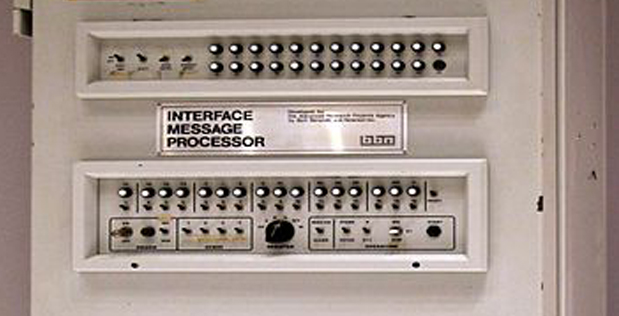
.png)




.jpg)
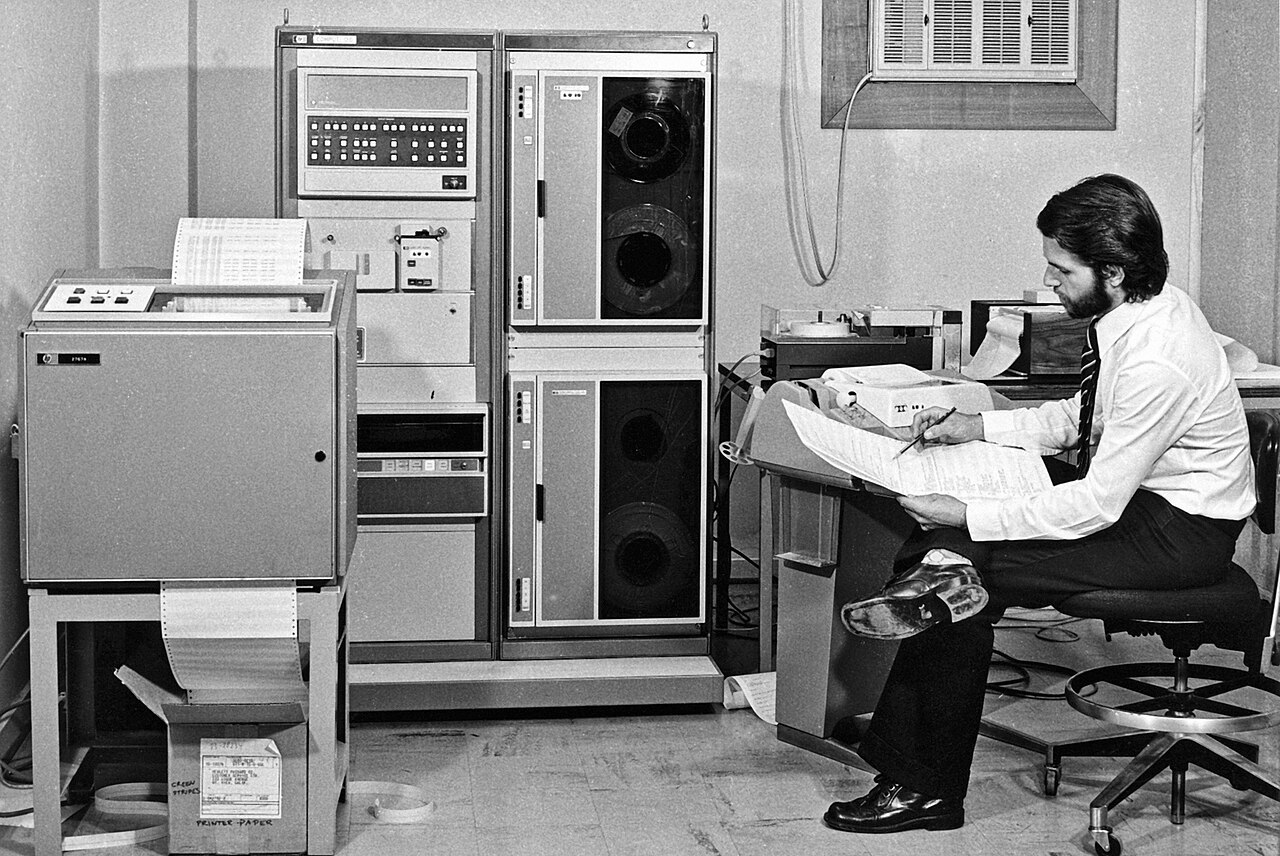
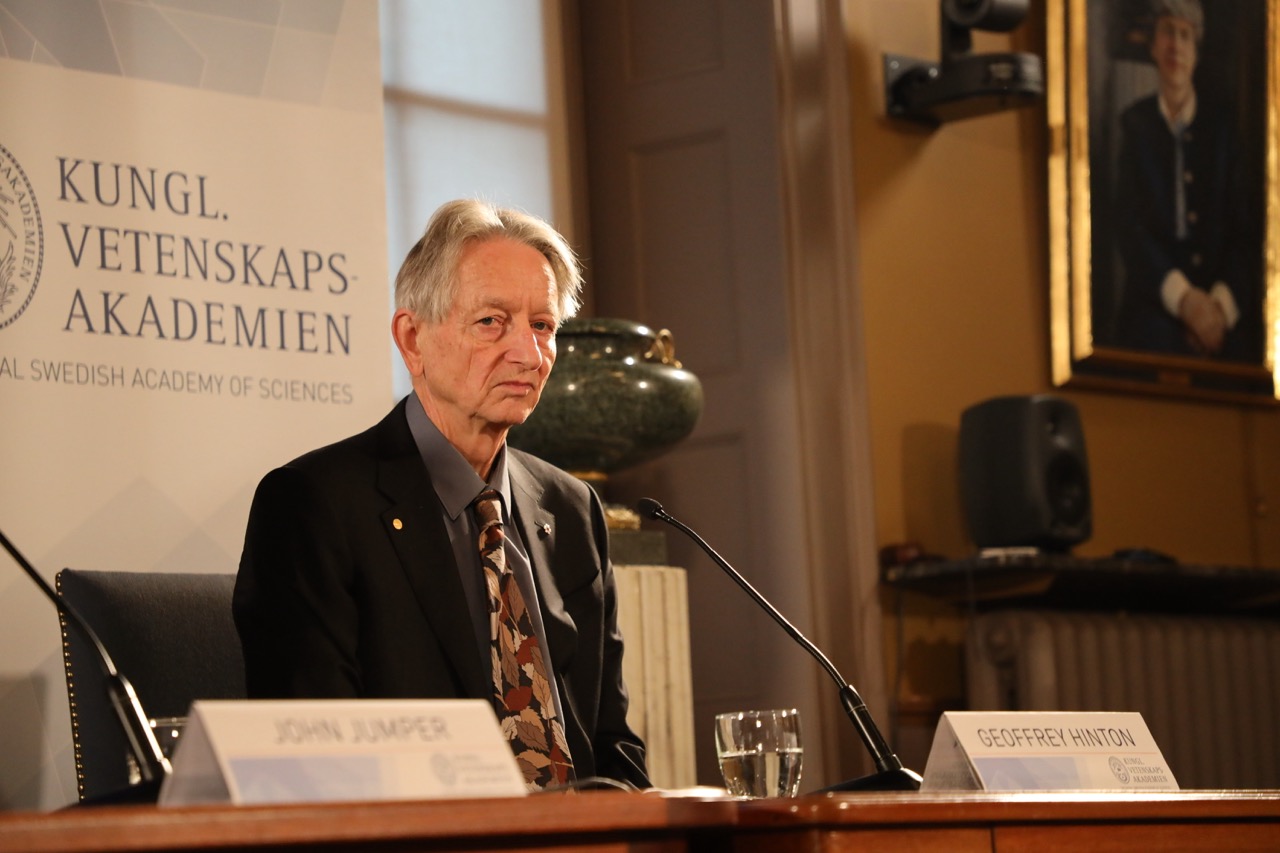
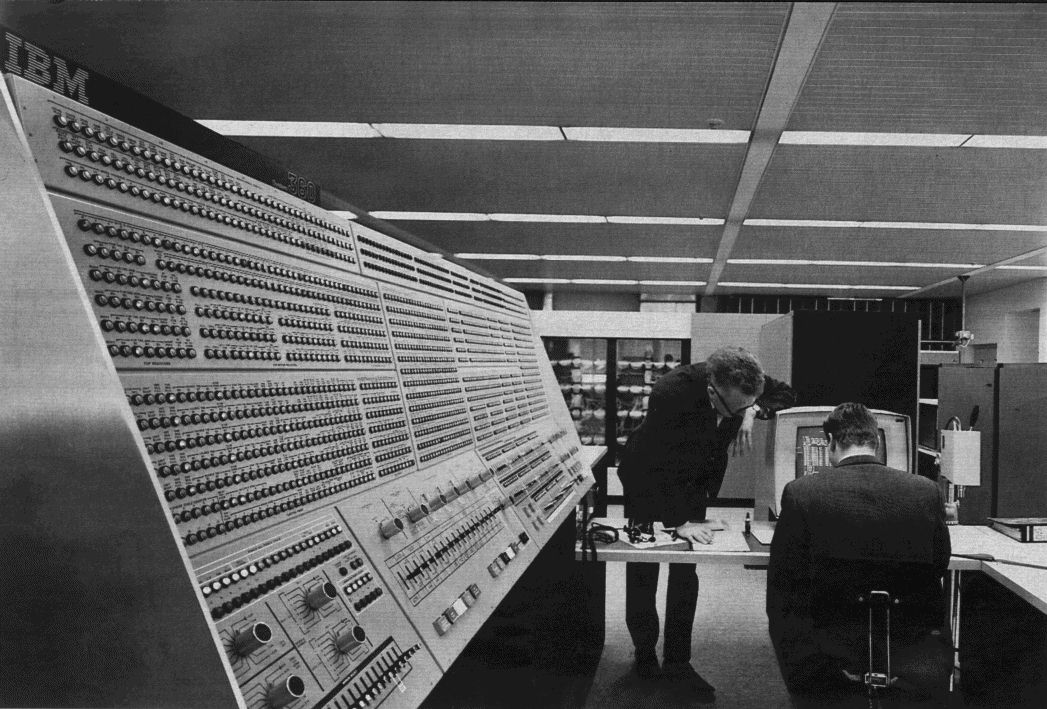


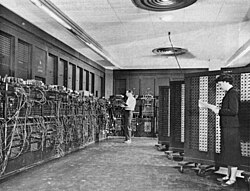
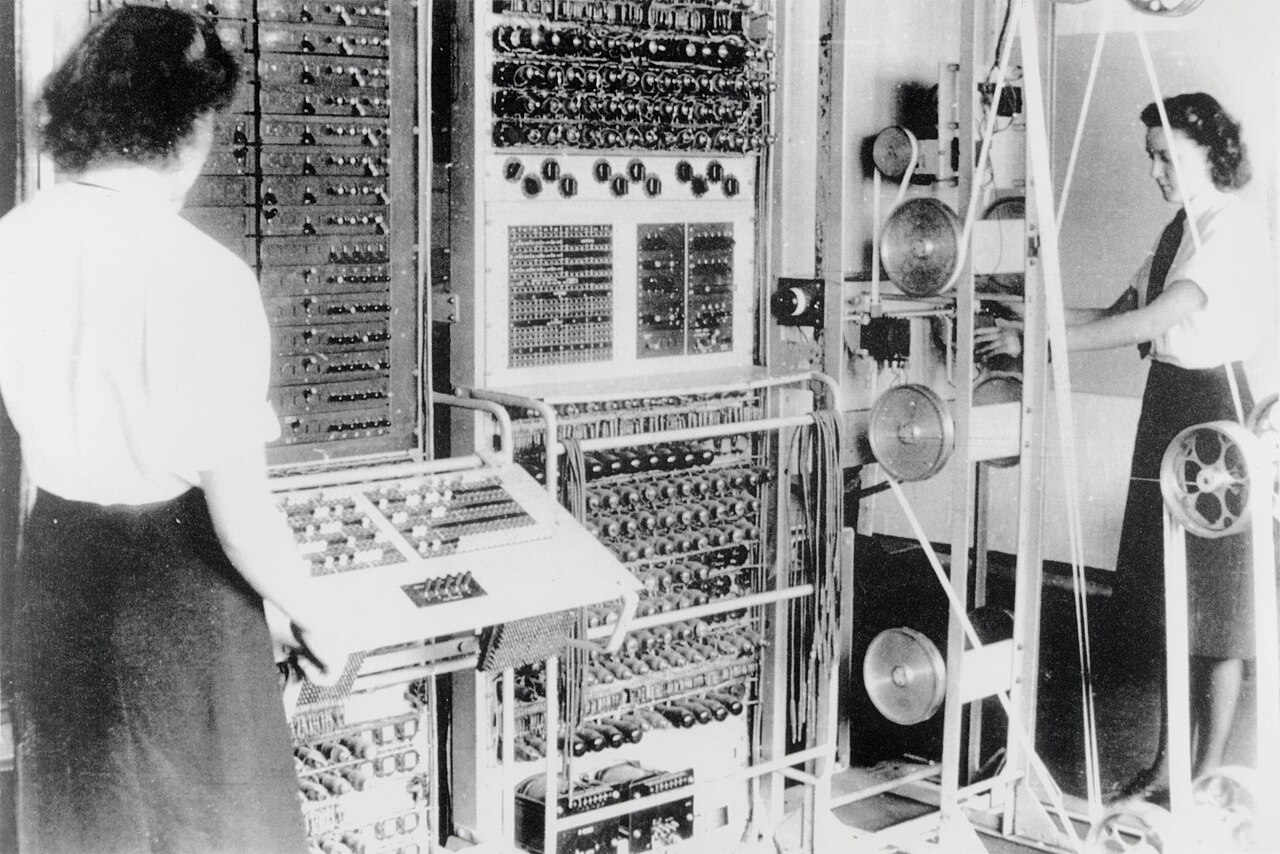

_School_-_Charles_Babbage_(1792%E2%80%931871)_-_814168_-_National_Trust.jpg)


